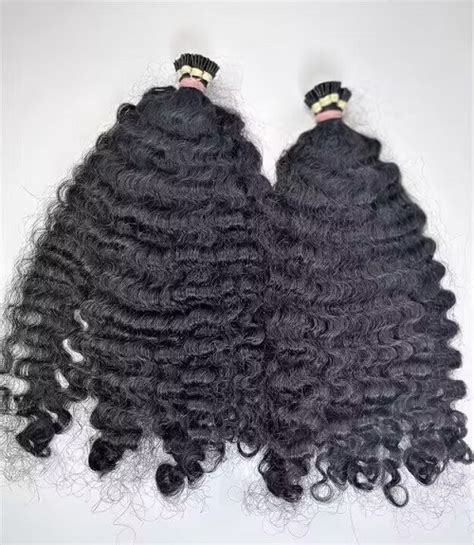Introduction: Unveiling the Allure of Burmese Curly Hair

Burmese curly hair, a captivating trait originating from Myanmar, stands out with its unique texture and captivating patterns. Its prominence in Burmese culture has fascinated observers for centuries, showcasing the profound cultural significance and allure of this distinctive hair type.
Historical and Cultural Context of Burmese Curly Hair
- Burmese curly hair holds immense cultural value, tracing its roots back to the Pagan Kingdom (11th-13th centuries).
- Royal portraits from the Konbaung Dynasty (18th-19th centuries) depict women adorning elaborate hairstyles adorned with curly tresses.
- The renowned “Nat Pwe” (spirit dance) features performers with intricately braided, curly hairstyles, symbolizing beauty and spiritual power.
Characteristics of Burmese Curly Hair
- Texture: Burmese curly hair ranges from loose waves (Type 2) to tight corkscrews (Type 4).
- Diameter: The hair strands are typically fine to medium in diameter, contributing to their volumizing nature.
- Curvature: Curls vary in shape and size, from S-shaped to spirals and coils.
- Volume: Burmese curly hair naturally possesses significant volume, creating an illusion of fullness.
Benefits of Embracing Burmese Curly Hair
- Low Maintenance: Compared to straight or wavy hair, Burmese curly hair requires less styling and can be left to dry naturally.
- Versatility: The diverse curl patterns offer versatility in styling, allowing for a range of looks from elegant buns to playful ringlets.
- Cultural Pride: Wearing Burmese curly hair can evoke cultural identity and maintain a connection to ancestral traditions.
Challenges and Care of Burmese Curly Hair
While Burmese curly hair boasts captivating attributes, it can also present unique challenges.
- Dryness: Curly hair tends to be drier than other hair types, requiring regular hydration and conditioning.
- Tangling: The intertwining curls can lead to tangles and breakage, necessitating gentle detangling techniques.
- Frizz: Humid environments can cause frizz, highlighting the importance of humidity control and anti-frizz products.
Recommended Care Routine for Burmese Curly Hair
- Use gentle shampoos and conditioners: Avoid harsh formulas that strip away natural oils, opting instead for sulfate-free and nourishing products.
- Detangle with a wide-toothed comb: Start detangling from the tips to the roots, using a wide-toothed comb or your fingers to avoid breakage.
- Deep condition regularly: Treat hair with deep conditioning masks once a week to replenish moisture and improve elasticity.
- Use leave-in conditioners and styling creams: These products help define curls, reduce frizz, and provide additional moisture.
- Protect from heat styling: Limit the use of heat styling tools, such as blow dryers and curling irons, which can damage curly hair.
Stylish Inspirations for Burmese Curly Hair
- Loose Waves: Embrace your natural curls with minimal styling, defining them with a curl cream and air-drying for a voluminous, effortless look.
- Defined Ringlets: Create defined ringlets by using a curl activator, scrunching the hair, and letting it air-dry or using a diffuser.
- Elegant Updos: Pull curly hair into a sleek bun or chignon, securing it with bobby pins and enhancing the volume at the roots.
- Braided Beauties: Create intricate braids using your natural curls, adding beads or ribbons for a touch of embellishment.
Conclusion: Burmese Curly Hair – A Tapestry of Beauty and Cultural Heritage
Burmese curly hair embodies a unique blend of natural beauty and cultural significance. By embracing its distinct characteristics and nurturing it with proper care, one can showcase the captivating charm and enduring legacy of this remarkable hair type.
